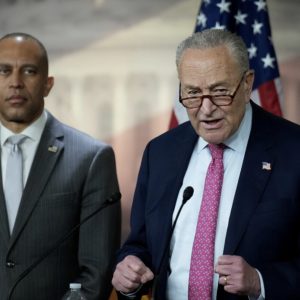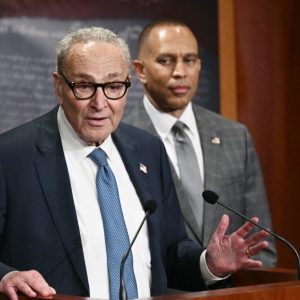Last week, Director of National Intelligence Tulsi Gabbard released a trove of documents revealing contradictions in the intelligence community’s assessment of Russia’s role in the 2016 election. While much attention focused on key conflicting reports, a lesser-known email exchange about the controversial Steele dossier was also included, shedding light on how it factored into intelligence assessments.
Gabbard’s release included an initial Presidential Daily Brief (PDB) from late 2016 stating there was minimal evidence that Russian hacks impacted the election. However, this PDB was abruptly removed on December 8, 2016, and replaced less than a month later with a report showing increased confidence in Russia’s interference, reportedly initiated by then-DNI James Clapper.
At the end of Gabbard’s 114-page document was a striking email thread discussing the Steele dossier’s role in the Intelligence Community Assessment (ICA). The dossier, compiled by former MI6 agent Christopher Steele as opposition research for Hillary Clinton’s campaign, was later used in warrants against Trump associates and intelligence reports despite most allegations being unverified or false.
One email from a senior ODNI official expressed concern over whether the dossier was properly included in the ICA, revealing that some analysts had been excluded from key information. A response from a superior explained that sharing of material is often restricted, not necessarily due to clearance levels.
Though heavily redacted, Gabbard included the exchange to highlight unresolved questions about the dossier’s handling. FBI Director Kash Patel is expected to probe these issues further in coming investigations.





